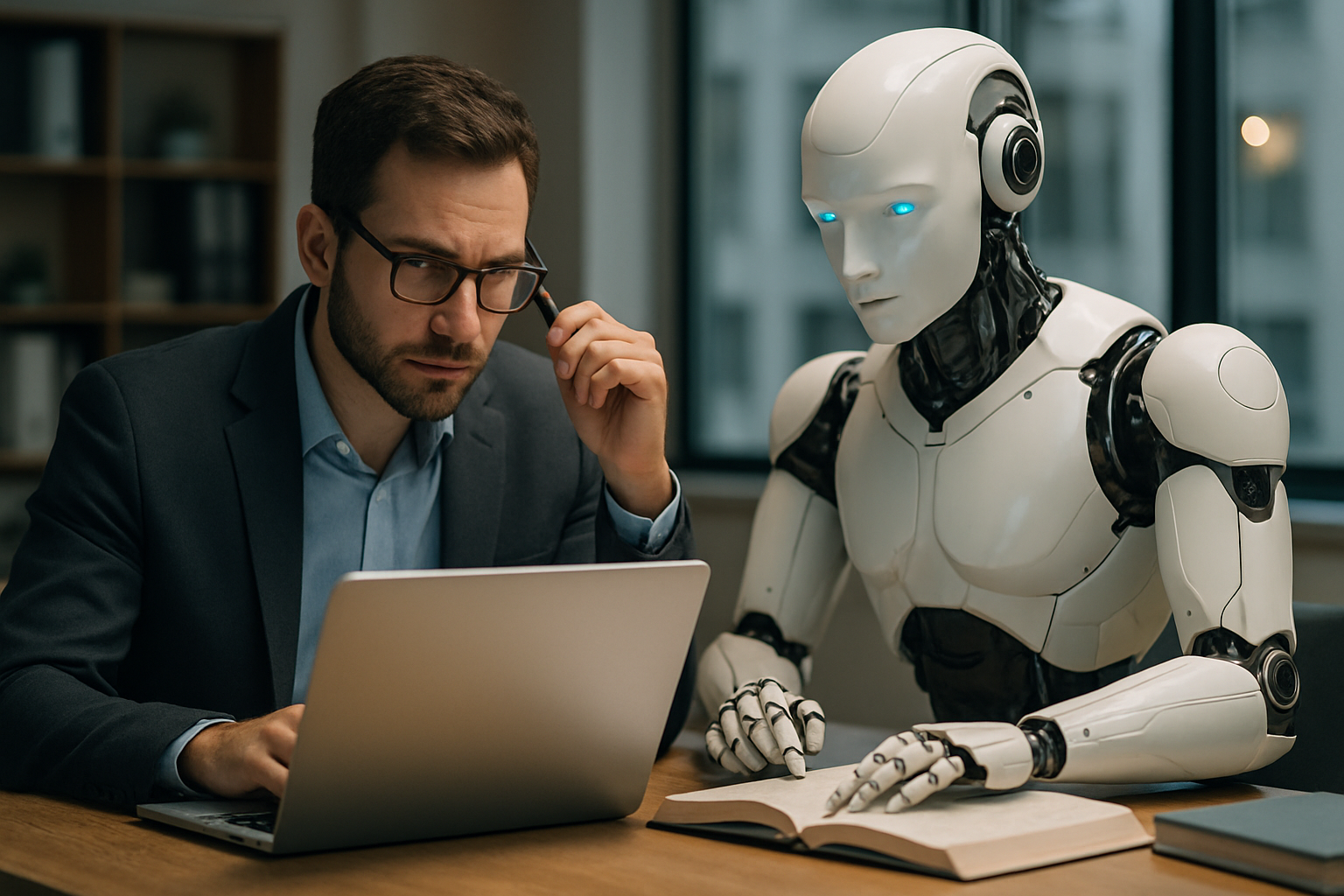The Future of Cleaning: How Technology is Transforming the Industry
The cleaning industry is undergoing a significant transformation as technology continues to revolutionize traditional practices. From smart software solutions to advanced cleaning equipment, the integration of technology is reshaping how cleaning jobs are performed and managed. This article explores the various ways in which technology is impacting the cleaning industry, enhancing efficiency, and improving overall cleanliness standards.

Moreover, cloud-based cleaning management software provides accessibility from anywhere, allowing managers to oversee multiple locations simultaneously. This increased visibility and control lead to better resource allocation, reduced costs, and improved client satisfaction.
What role does technology play in office cleaning?
In office environments, technology is playing an increasingly important role in maintaining cleanliness and hygiene. Smart sensors and Internet of Things (IoT) devices are being used to monitor foot traffic, detect areas that require immediate attention, and even measure air quality. This data-driven approach allows cleaning staff to prioritize high-traffic areas and address issues promptly, ensuring a consistently clean and healthy workspace.
Additionally, automated cleaning robots are becoming more common in office settings. These machines can perform routine tasks such as vacuuming floors and sanitizing surfaces, freeing up human cleaners to focus on more complex or detailed cleaning tasks. The integration of these technologies not only improves efficiency but also helps maintain a higher standard of cleanliness throughout office spaces.
How are cleaning jobs evolving with new technology?
As technology continues to advance, the nature of cleaning jobs is evolving. Cleaning professionals are now required to have a broader skill set that includes the ability to operate and maintain sophisticated cleaning equipment and navigate digital management systems. This shift is creating new opportunities for career growth and specialization within the industry.
For example, some cleaning professionals are now specializing in the operation and maintenance of automated cleaning machines or focusing on data analysis to optimize cleaning schedules and resource allocation. These new roles require a combination of traditional cleaning knowledge and technical expertise, highlighting the changing landscape of cleaning jobs in the modern era.
What innovative cleaning technologies are emerging?
The cleaning industry is witnessing the emergence of various innovative technologies that are revolutionizing how cleaning tasks are performed. Some notable advancements include:
-
Electrostatic sprayers: These devices use an electrical charge to disperse disinfectant solutions more evenly and effectively across surfaces, providing superior coverage and germ-killing capabilities.
-
UV-C light disinfection: Ultraviolet-C light technology is being used to sanitize surfaces and spaces without the need for chemicals, making it an eco-friendly and efficient cleaning solution.
-
Microfiber cleaning systems: Advanced microfiber materials are being developed to trap more dirt and bacteria, reducing the need for harsh chemicals and improving overall cleaning effectiveness.
-
Artificial Intelligence (AI) in cleaning equipment: AI-powered cleaning machines can learn and adapt to different environments, optimizing their cleaning patterns and improving efficiency over time.
How does technology improve cleaning efficiency and effectiveness?
Technology is significantly enhancing both the efficiency and effectiveness of cleaning operations. Automated scheduling and task management systems ensure that cleaning staff are deployed optimally, reducing downtime and increasing productivity. Real-time reporting and quality control features allow managers to identify and address issues quickly, maintaining high standards of cleanliness.
Moreover, advanced cleaning equipment, such as high-efficiency particulate air (HEPA) filtration systems and precision chemical dispensers, improve the quality of cleaning while reducing waste and environmental impact. The use of data analytics also enables cleaning companies to identify trends, anticipate needs, and make informed decisions about resource allocation and service improvements.
| Technology | Application | Benefits |
|---|---|---|
| Cleaning Management Software | Task scheduling, inventory control | Improved efficiency, better resource management |
| IoT Sensors | Foot traffic monitoring, air quality measurement | Targeted cleaning, healthier environments |
| Automated Cleaning Robots | Floor cleaning, surface sanitization | Consistent results, labor savings |
| Electrostatic Sprayers | Disinfectant application | Superior coverage, improved germ control |
| UV-C Light Technology | Chemical-free disinfection | Eco-friendly, effective sanitization |
The integration of technology in the cleaning industry is not just about improving efficiency; it’s about elevating the standards of cleanliness and hygiene across various environments. As these technologies continue to evolve, we can expect to see even more innovative solutions that will further transform cleaning jobs and management practices. The future of cleaning is undoubtedly digital, with smart solutions paving the way for cleaner, healthier spaces and more sophisticated cleaning professionals.






